Dust 101
Dust is a common household and workplace nuisance that can cause a range of health problems and safety concerns.
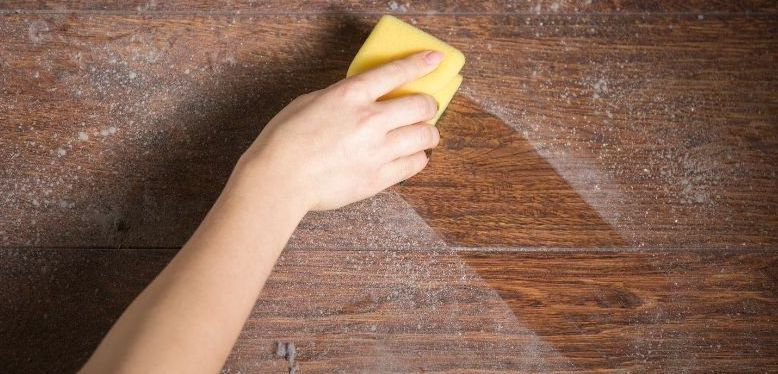
It is a mixture of tiny particles of dirt, pollen, dead skin cells, and other substances that can become airborne and settle on surfaces. Here are some of the dangers of dust:
- Respiratory problems: Inhaling dust can lead to a range of respiratory problems. Dust particles are often very small and can penetrate deep into the lungs, where they can cause irritation and inflammation. Here are some of the respiratory problems that can be caused by dust:
- Coughing: Inhaling dust particles can irritate the airways and cause coughing. This is the body's way of trying to remove the irritants from the airways.
- Wheezing: Wheezing is a high-pitched whistling sound that is often heard when breathing. It is caused by the narrowing of the airways, which can be triggered by inhaling dust particles.
- Shortness of breath: Inhaling dust can cause the airways to become inflamed, making it difficult to breathe. This can lead to a feeling of shortness of breath.
- Asthma: Dust is a common trigger for asthma attacks. People with asthma may experience symptoms such as coughing, wheezing, and shortness of breath when exposed to dust.
- Chronic obstructive pulmonary disease (COPD): Exposure to dust over a long period of time can lead to COPD, a group of lung diseases that includes chronic bronchitis and emphysema. COPD can cause symptoms such as shortness of breath, wheezing, and coughing.
- Allergies: Dust can cause allergic reactions in some people. When a person with a dust allergy inhales dust particles, their immune system reacts to the particles as if they were harmful invaders, such as bacteria or viruses. This can trigger an allergic reaction, causing symptoms such as sneezing, runny nose, itchy eyes, and coughing. Some people may also experience more severe symptoms, such as difficulty breathing and asthma attacks. People with pre-existing respiratory conditions, such as asthma, may be more sensitive to dust particles and experience more severe symptoms. It is important to note that not everyone is allergic to dust, and the severity of the reaction can vary from person to person.
- Eye irritation: Eye irritation from dust is a common problem that occurs when small particles in the air, such as dust, get into the eyes. This can cause discomfort, itching, redness, and even pain. The dust particles can irritate the surface of the eye, leading to inflammation and dryness. In some cases, eye irritation from dust can also cause tearing, blurry vision, and sensitivity to light. It is important to avoid rubbing the eyes as this can make the irritation worse. Instead, you can rinse your eyes with clean water or use eye drops to help relieve the symptoms. If the symptoms persist or become severe, it is best to consult an eye doctor for proper diagnosis and treatment.
- Fire hazards: Fire hazards from dust can arise when fine particles of dust accumulate in large quantities and are exposed to a potential ignition source such as a spark or hot surface. This is particularly common in industrial settings where there is a lot of dust generated from manufacturing processes. When the dust ignites, it can cause explosions and fires that can be very dangerous and destructive. To prevent fire hazards from dust, it's important to regularly clean and maintain equipment to reduce the amount of dust that accumulates and to ensure that ignition sources are properly controlled.
- Electrical hazards: Electrical hazards from dust can occur in environments where there is a buildup of combustible dust particles in the air, such as in sawmills, grain elevators, and chemical plants. When these dust particles come into contact with electrical equipment or wiring, it can create a spark and ignite the dust, leading to an explosion or fire. This is why it's important to regularly clean and maintain electrical equipment in these types of environments, and to use explosion-proof equipment when necessary. Adequate ventilation and dust control measures can also help prevent the buildup of combustible dust particles.
To minimize the dangers of dust, it is important to regularly dust and clean surfaces. Using a vacuum cleaner with a HEPA filter can help trap dust particles, preventing them from becoming airborne. Wearing a dust mask while cleaning can also help protect against inhaling dust particles. Additionally, it is important to keep the workplace well-ventilated to prevent dust from accumulating in the air.
Cubicle walls are often overlooked and can accumulate dirt, dust, and grime over time, which not only looks unappealing but can also lead to health issues for employees. Therefore, it is important to regularly clean cubicle walls to maintain a clean and healthy work environment. To begin, remove any items hanging on the walls, such as picture frames or bulletin boards. Next, dust the walls with a dry microfiber cloth or vacuum with a soft brush attachment to remove any loose dirt and dust. For tougher stains and grime, mix mild detergent with warm water and use a soft-bristled brush to gently scrub the affected areas. Avoid using harsh chemicals or abrasive cleaning tools that may damage the wall surfaces. After cleaning, rinse the walls thoroughly with clean water and dry with a clean cloth or allow to air dry before replacing any items on the walls. Regular cleaning of cubicle walls can not only improve the aesthetics of the workspace but also promote a healthier and more comfortable work environment for employees.
area traffic can affect how often you need to dust. If you live in an area with heavy traffic, such as near a busy road or highway, you may need to dust more frequently. This is because the exhaust fumes from vehicles can contribute to the buildup of dust and dirt on surfaces inside your home or workplace. Additionally, if you have your windows open frequently, dust and dirt particles from outside can enter your living or working space more easily. In these situations, it is important to regularly clean and dust surfaces to maintain a healthy and clean environment.It is a mixture of tiny particles of dirt, pollen, dead skin cells, and other substances that can become airborne and settle on surfaces. Here are some of the dangers of dust:
1. Respiratory problems: Inhaling dust can lead to a range of respiratory problems. Dust particles are often very small and can penetrate deep into the lungs, where they can cause irritation and inflammation. Here are some of the respiratory problems that can be caused by dust: 1. Coughing: Inhaling dust particles can irritate the airways and cause coughing. This is the body's way of trying to remove the irritants from the airways. 2. Wheezing: Wheezing is a high-pitched whistling sound that is often heard when breathing. It is caused by the narrowing of the airways, which can be triggered by inhaling dust particles. 3. Shortness of breath: Inhaling dust can cause the airways to become inflamed, making it difficult to breathe. This can lead to a feeling of shortness of breath. 4. Asthma: Dust is a common trigger for asthma attacks. People with asthma may experience symptoms such as coughing, wheezing, and shortness of breath when exposed to dust. 5. Chronic obstructive pulmonary disease (COPD): Exposure to dust over a long period of time can lead to COPD, a group of lung diseases that includes chronic bronchitis and emphysema. COPD can cause symptoms such as shortness of breath, wheezing, and coughing.
2. Allergies: Dust can cause allergic reactions in some people. When a person with a dust allergy inhales dust particles, their immune system reacts to the particles as if they were harmful invaders, such as bacteria or viruses. This can trigger an allergic reaction, causing symptoms such as sneezing, runny nose, itchy eyes, and coughing. Some people may also experience more severe symptoms, such as difficulty breathing and asthma attacks. People with pre-existing respiratory conditions, such as asthma, may be more sensitive to dust particles and experience more severe symptoms. It is important to note that not everyone is allergic to dust, and the severity of the reaction can vary from person to person.
3. Eye irritation: Eye irritation from dust is a common problem that occurs when small particles in the air, such as dust, get into the eyes. This can cause discomfort, itching, redness, and even pain. The dust particles can irritate the surface of the eye, leading to inflammation and dryness. In some cases, eye irritation from dust can also cause tearing, blurry vision, and sensitivity to light. It is important to avoid rubbing the eyes as this can make the irritation worse. Instead, you can rinse your eyes with clean water or use eye drops to help relieve the symptoms. If the symptoms persist or become severe, it is best to consult an eye doctor for proper diagnosis and treatment.
4. Fire hazards: Fire hazards from dust can arise when fine particles of dust accumulate in large quantities and are exposed to a potential ignition source such as a spark or hot surface. This is particularly common in industrial settings where there is a lot of dust generated from manufacturing processes. When the dust ignites, it can cause explosions and fires that can be very dangerous and destructive. To prevent fire hazards from dust, it's important to regularly clean and maintain equipment to reduce the amount of dust that accumulates and to ensure that ignition sources are properly controlled.
5. Electrical hazards: Electrical hazards from dust can occur in environments where there is a buildup of combustible dust particles in the air, such as in sawmills, grain elevators, and chemical plants. When these dust particles come into contact with electrical equipment or wiring, it can create a spark and ignite the dust, leading to an explosion or fire. This is why it's important to regularly clean and maintain electrical equipment in these types of environments, and to use explosion-proof equipment when necessary. Adequate ventilation and dust control measures can also help prevent the buildup of combustible dust particles.
To minimize the dangers of dust, it is important to regularly dust and clean surfaces. Using a vacuum cleaner with a HEPA filter can help trap dust particles, preventing them from becoming airborne. Wearing a dust mask while cleaning can also help protect against inhaling dust particles. Additionally, it is important to keep the workplace well-ventilated to prevent dust from accumulating in the air.
Cubicle walls can accumulate dirt, dust, and grime over time, which not only looks unappealing but can also lead to health issues for employees. Therefore, it is important to regularly clean cubicle walls to maintain a clean and healthy work environment. To begin, remove any items hanging on the walls, such as picture frames or bulletin boards. Next, dust the walls with a dry microfiber cloth or vacuum with a soft brush attachment to remove any loose dirt and dust. For tougher stains and grime, mix mild detergent with warm water and use a soft-bristled brush to gently scrub the affected areas. Avoid using harsh chemicals or abrasive cleaning tools that may damage the wall surfaces. After cleaning, rinse the walls thoroughly with clean water and dry with a clean cloth or allow to air dry before replacing any items on the walls. Regular cleaning of cubicle walls can not only improve the aesthetics of the workspace but also promote a healthier and more comfortable work environment for employees.
Area traffic can also affect how often you need to dust. If you live or work in an area with heavy traffic, such as near a busy road or highway, you may need to dust more frequently. This is because the exhaust fumes from vehicles can contribute to the buildup of dust and dirt on surfaces inside your home or workplace. Additionally, if you have your windows open frequently, dust and dirt particles from outside can enter your living or working space more easily. In these situations, it is important to regularly clean and dust surfaces to maintain a healthy and clean environment.
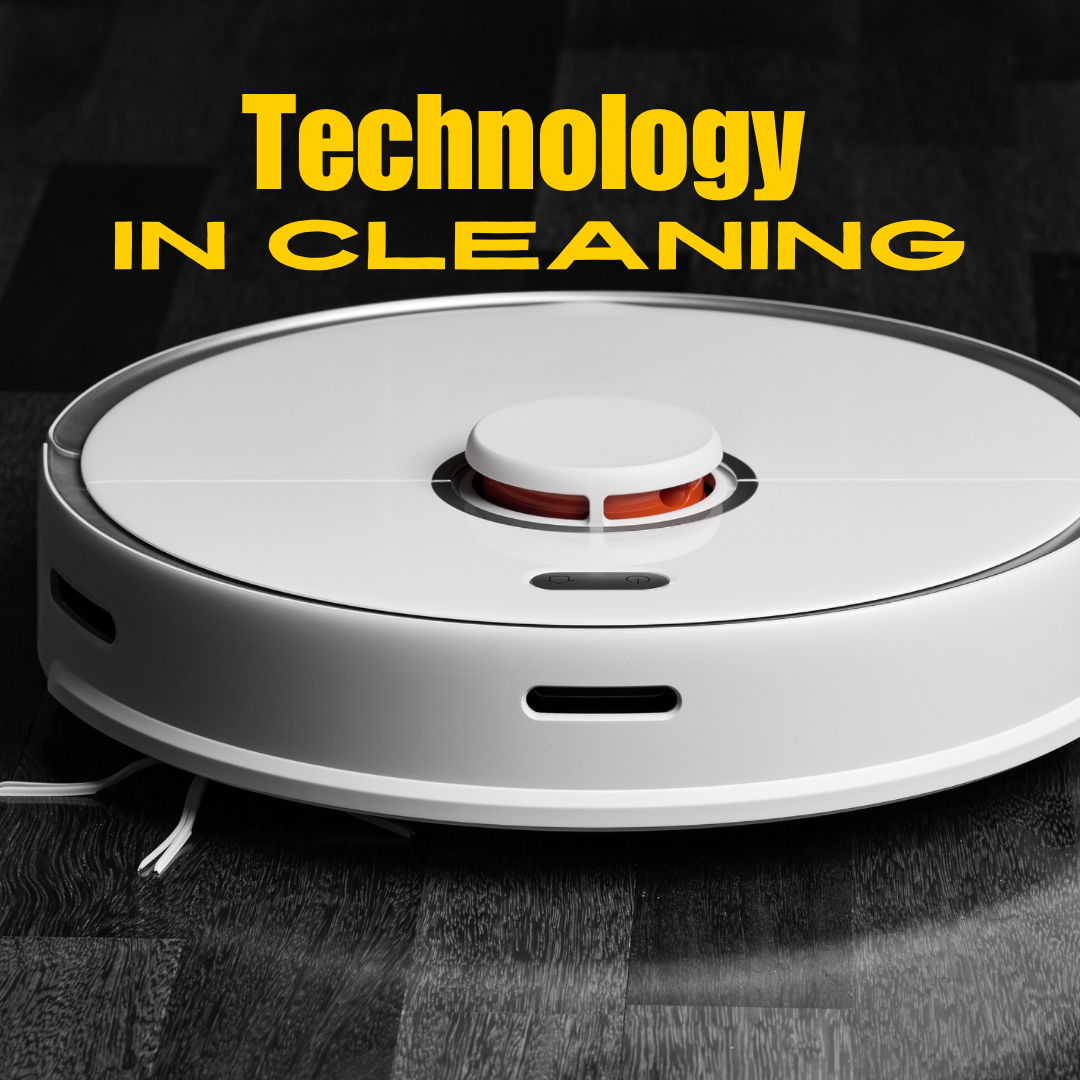


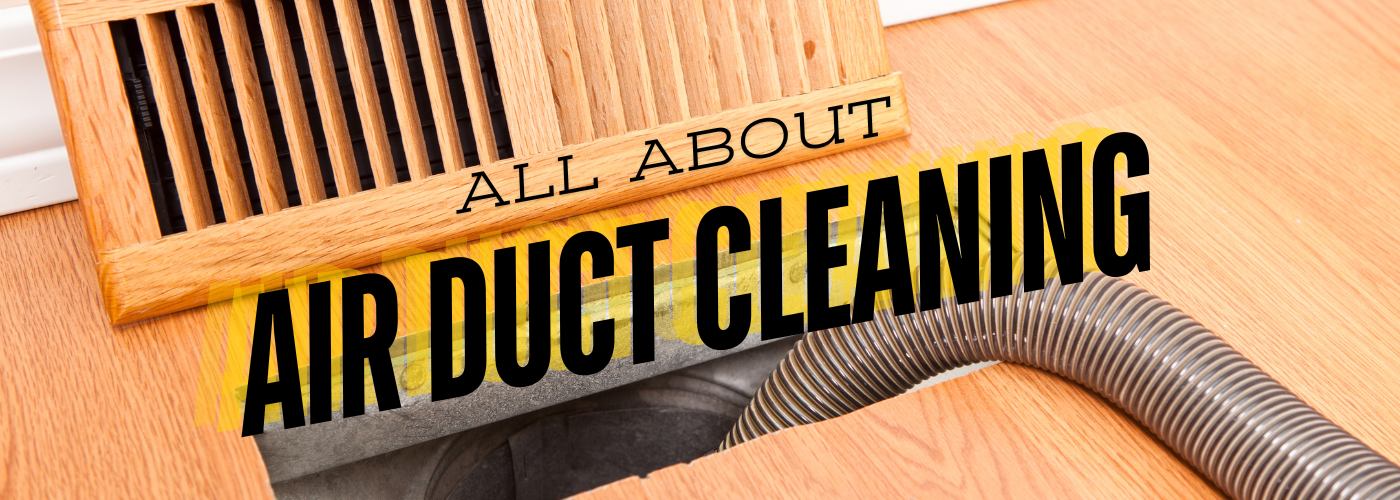

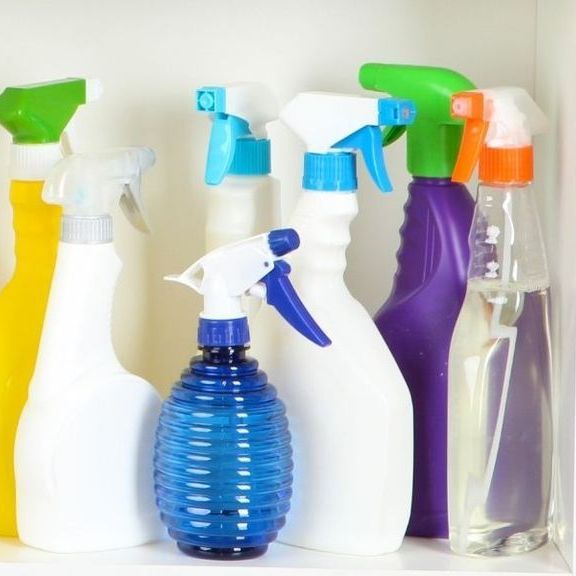
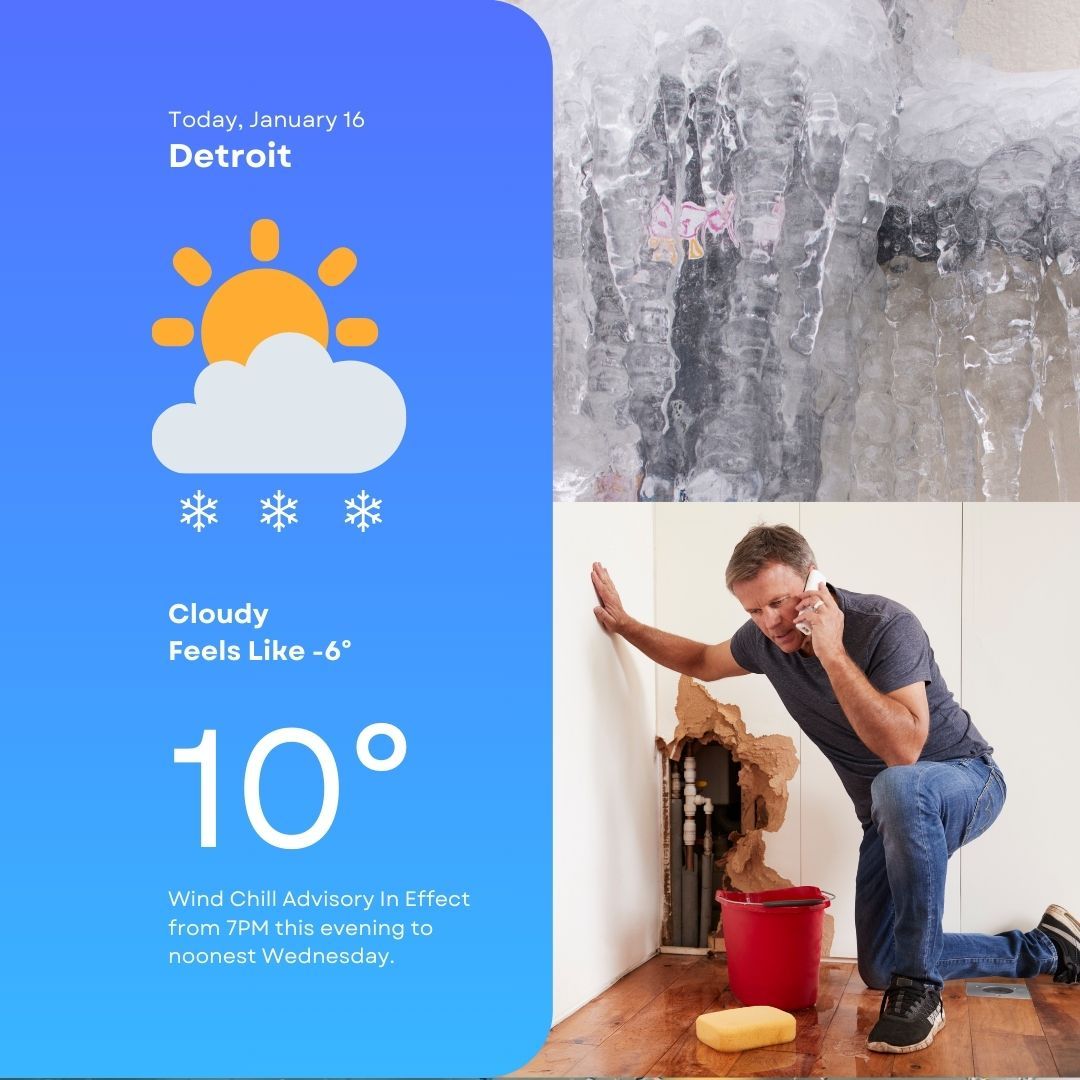


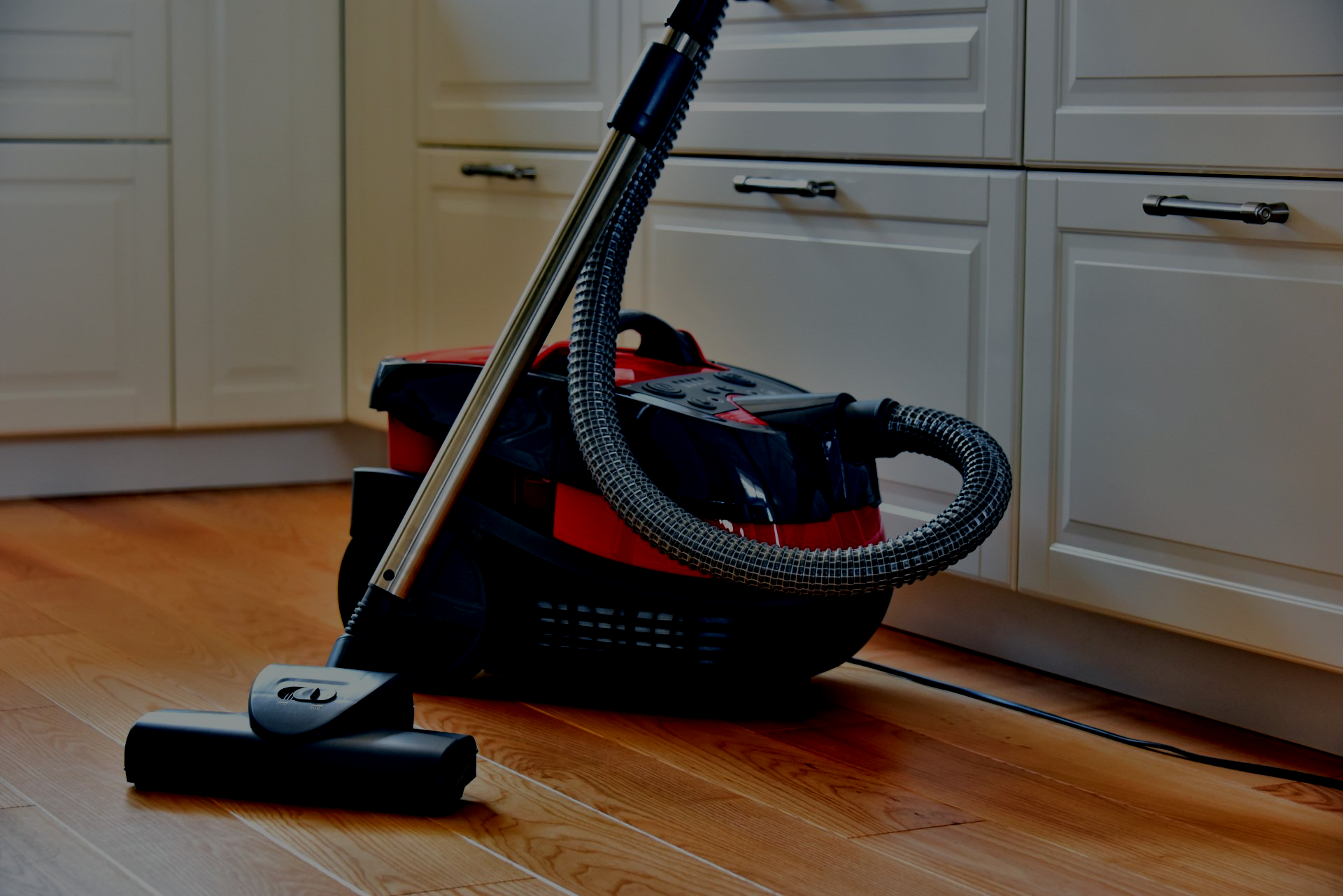
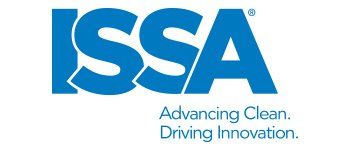

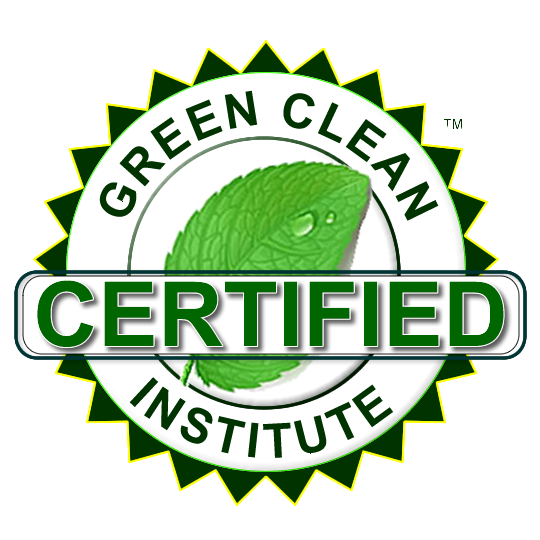


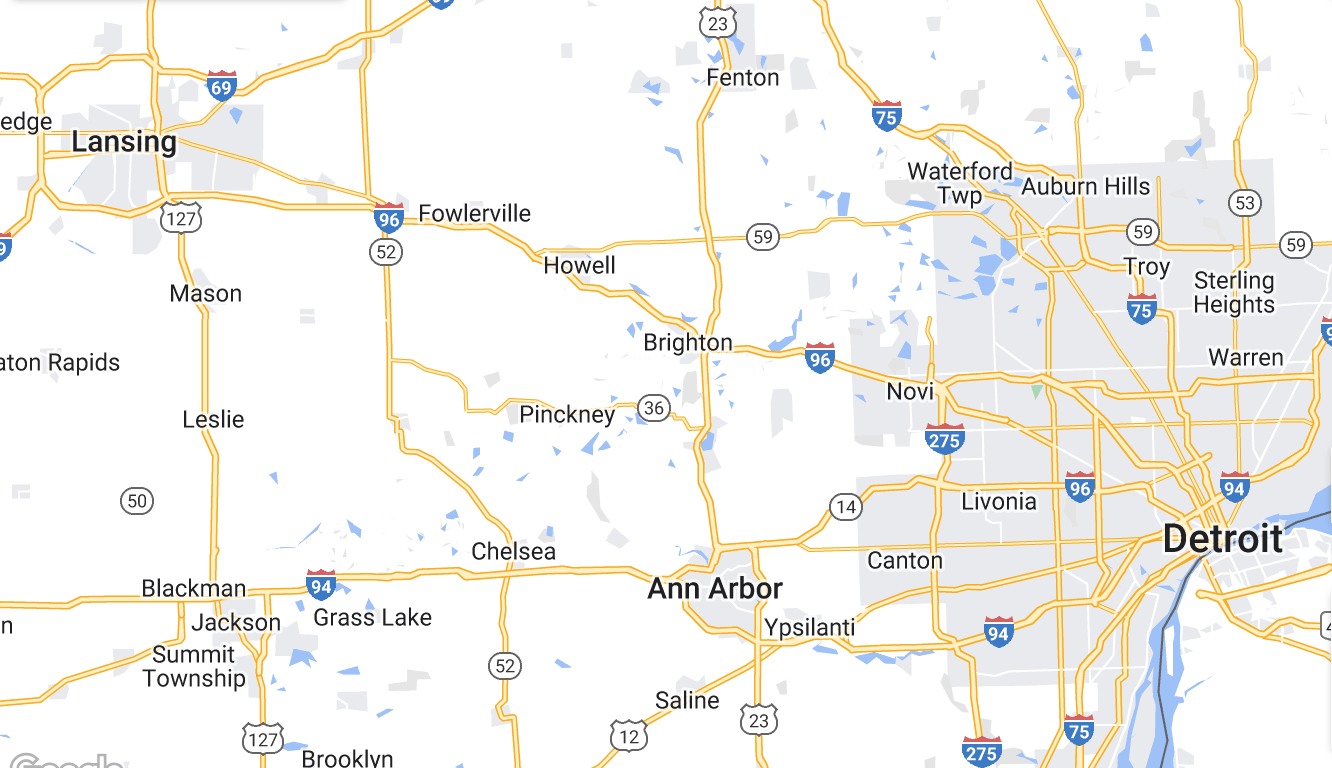
Share On: